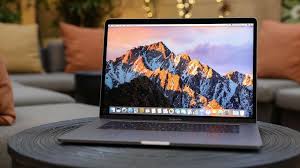
As a young developer, I loved Linux, compiled new kernels during evening sessions and struggled days to have the correct drivers for the graphic card and communication components of my notebook.
I grew older and decided to enjoy my weekends, family, and outdoor activities.
And surely I shall have no virus, trojan, and other evils in my workstation. So I went to macOS and Apple notebooks without regrets.